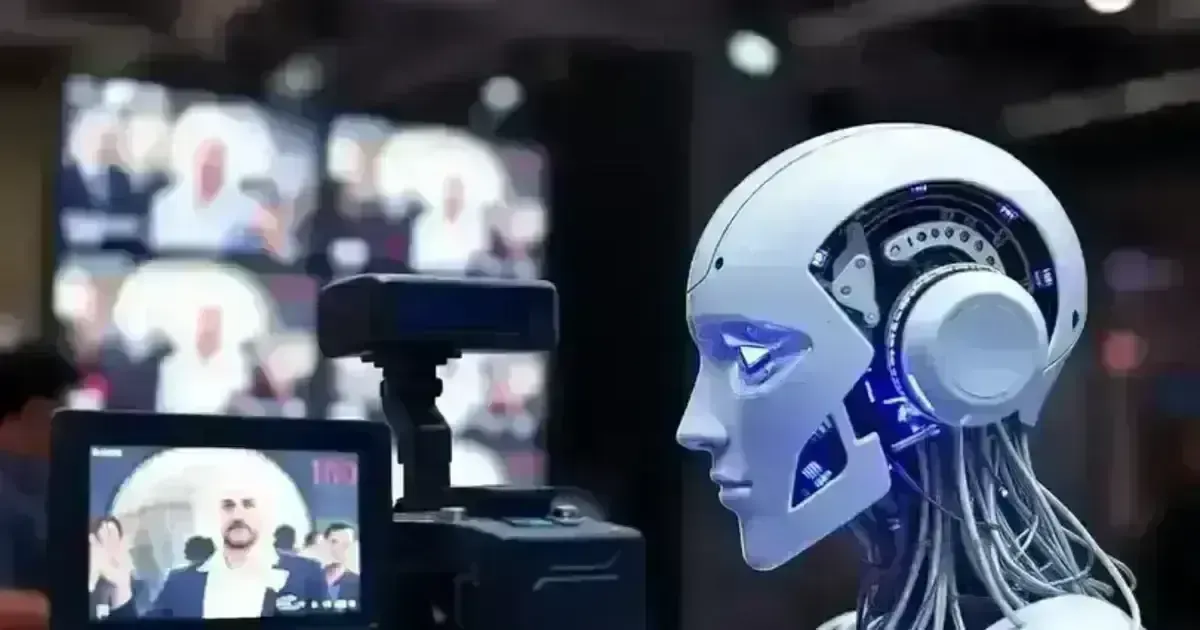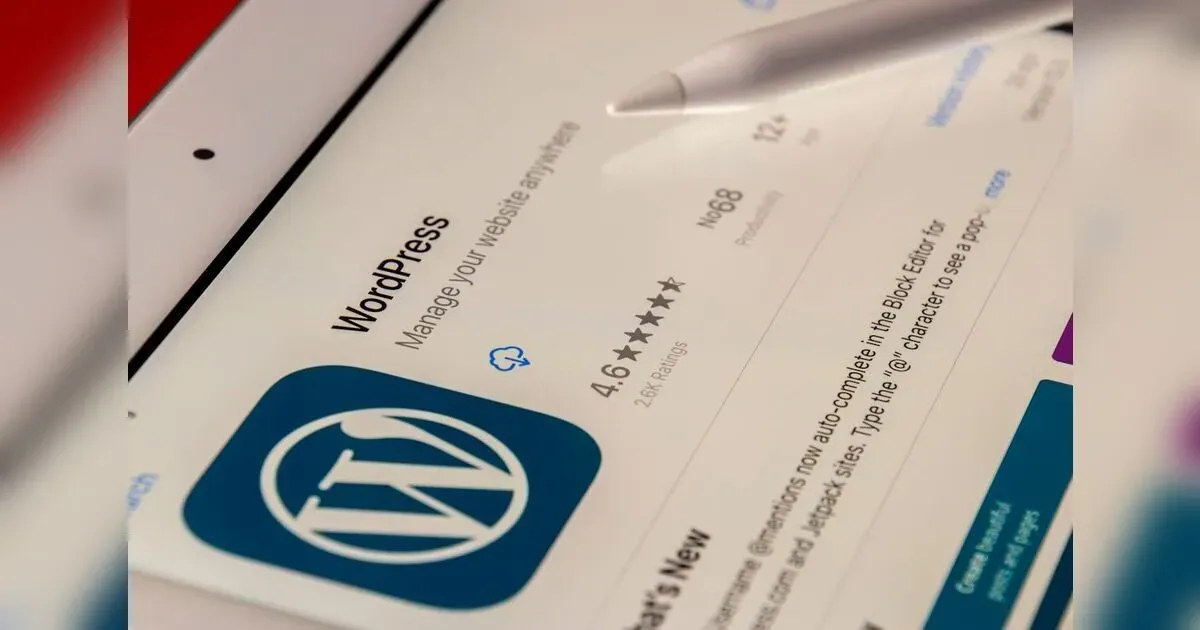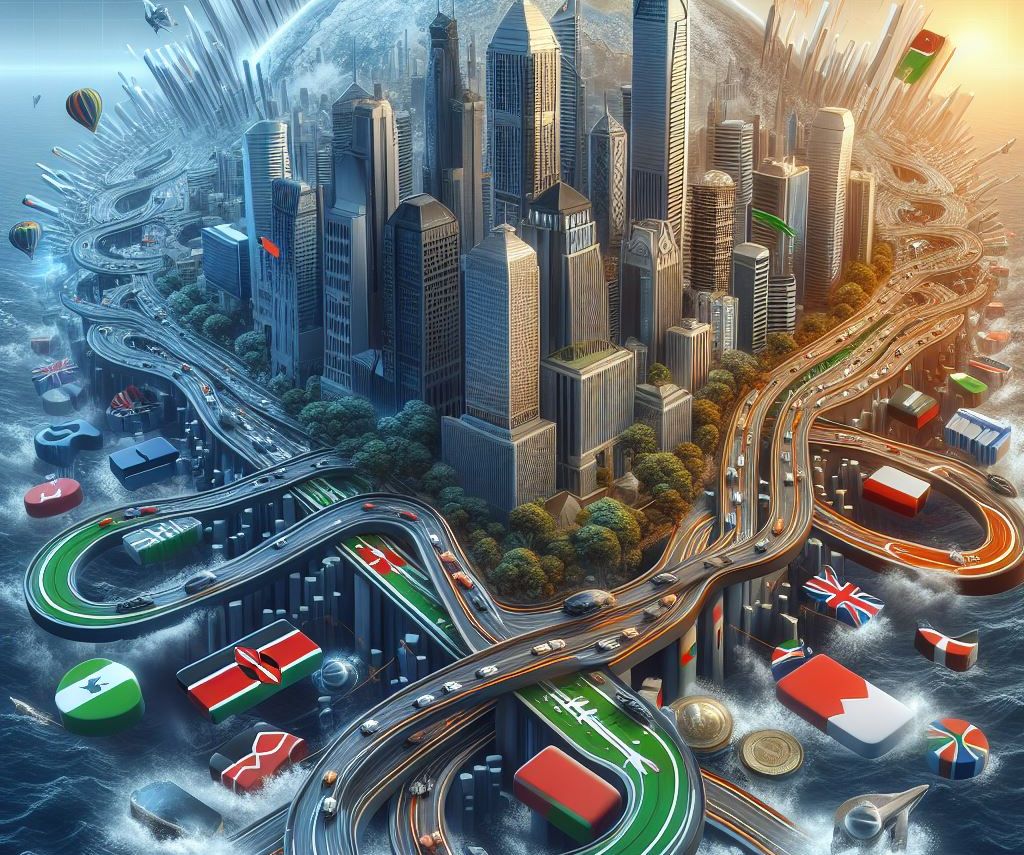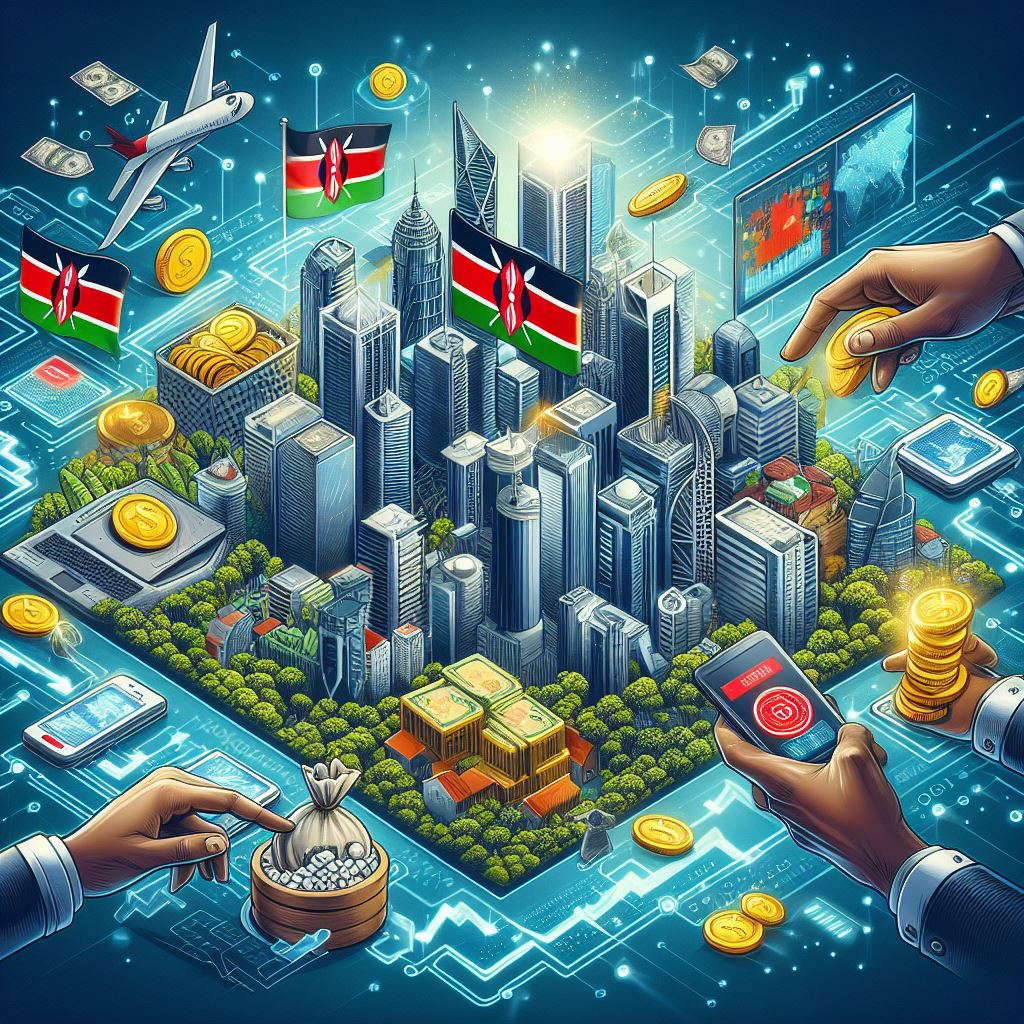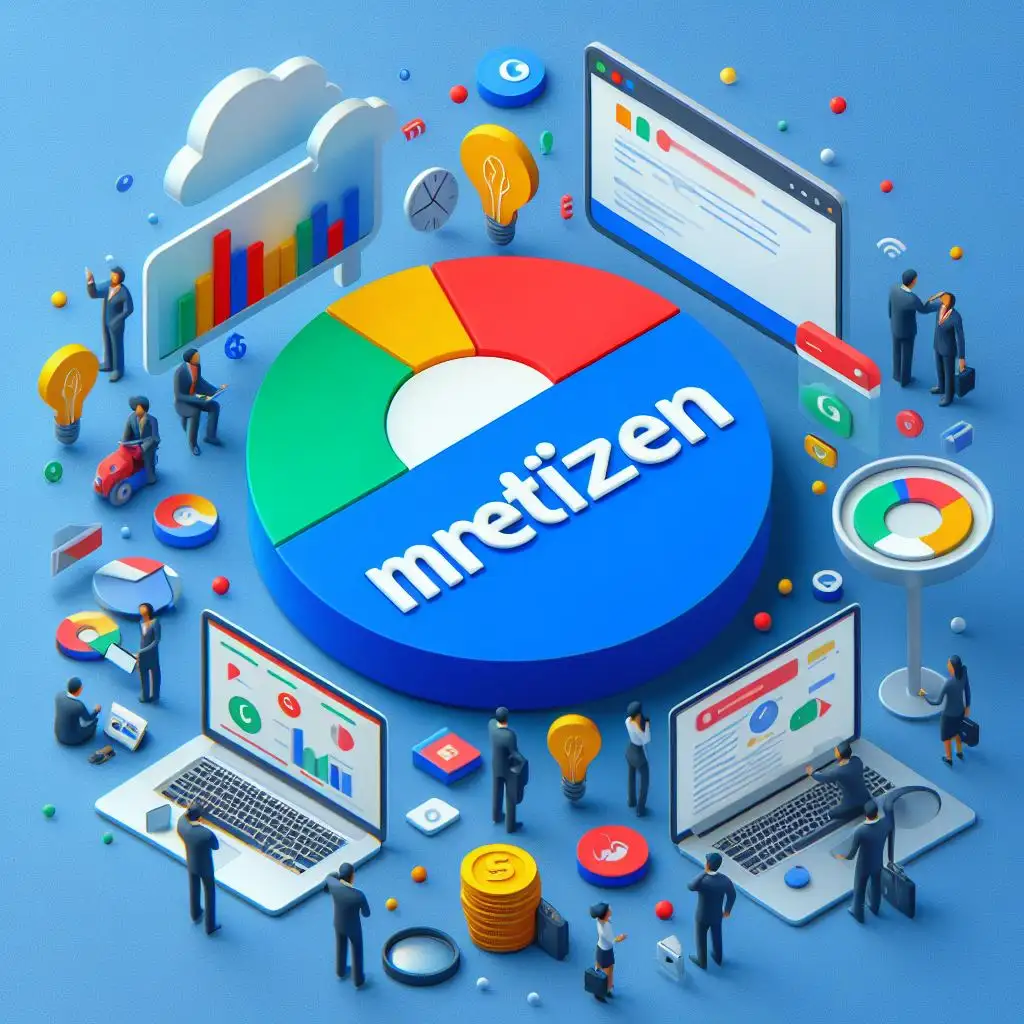From solar films that wrap around curved surfaces to the transparent solar glass integrated into skyscrapers, innovations in the field of solar energy not only impact the energy industry but also transport, urban planning and architecture.
Beyond Panels: How Solar Innovations Are Changing the Renewable Landscape
From conventionally designed small rooftop panels to a fully-fledged solar energy revolution that began a few decades ago, pioneering innovations are changing how we consider the way to sustainable power.
While solar technology is ever adaptable, integrated, and efficient, today it promises quite another perspective in the production of energy altogether-popularly termed seamless integration into modern life.
From solar films that wrap around curved surfaces to the transparent solar glass integrated into skyscrapers, innovations in the field of solar energy not only impact the energy industry but also transport, urban planning and architecture.
Why Solar Innovations Matter More Than Ever
The urge and need to find renewable and cleaner sources of energy is growing. Many people are increasingly attracted to solar power, which reduces carbon footprint and the usage of fossil fuels.
Full consideration of the problems relating to placement, aesthetic concerns, and scalability that solar panels are meant to rectify is taken when designing the panels.
All this needs a new line of solar technologies that promise capabilities to integrate solar power into daily infrastructure besides offering higher efficiency.
The Adoption of Purposeful Design
From rigid, bulky panels to flexible, multi-functional solar solutions, the trend leans towards a meaningful design.
Visualize city streets powering the town, skyscrapers being a source of energy, transparent solar glass that allows the sun to shine into homes but captures the energy from the sun-all part of cleanliness in energy, with a redrafting of the urban landscape and functionality.
Key innovations under the spotlight: Solar Innovations Overview
In this article, we will be discussing three of the most promising solar breakthroughs of today:
-
Solar films
-
Transparent solar glass
-
Solar-integrated roads
We are going to delve closer into how all these technologies work, where they have already been applied today, and the exciting prospects they offer for the future of cities and sustainability.
2. Solar Films: Thin, Flexible, and Versatile
What is Special About Solar Films?
Solar films are basically ultrathin, flexible photovoltaic membranes that can be stretched on various types of surfaces. They wrap around the curve of surfaces, stick to the outside of vehicles, and cover any structure in need of power.
Innovative materials such as organic photovoltaics and perovskite cells make for much more flexible films with far higher efficiency and significantly cheaper.
Industrial Use Cases: From Gadgets to Public Transit
Application of solar films in industry has been a trend for applications requiring flexibility and mobility. It's found on the roofs and hoods of electric vehicles in automotive industries to power peripherals or even extend battery life.
More and more public transportation systems consider deploying solar films for powering stops, signs, and the insides of buses and trains.
Empowering Everyday Items with Solar
Today, we already have solar-powered backpacks, tents, and on-the-go clothes that literally 'make sustainable energy part and parcel of one's everyday' by charging small devices.
For the enthusiast outdoors person, these contraptions really mean a more 'green' experience without losing one bit of convenience.
Scaling Up Production Challenge
Although the concept of solar films is brilliant, their mass production is somewhat a problem. Other drawbacks are high manufacturing costs, relative short life spans, and certain materials used that may challenge the environment.
However, researchers are actively working to clear out the obstacles to enhance durability, cost, and environmental safety in the mass-production of such solar films.
3. Transparent Solar Glass: Game Changer for Architecture
Transparency: Where's the science?
A clear solar glass selectively captures those invisible light wavelengths-like ultraviolet and infrared-to generate energy while allowing the visible light to pass through. An approach like this allows the solar glasses to create energy without blocking any view or limiting the usual dosage of natural light.
Skyscrapers to Greenhouses
Transparent solar glass is gradually forcing its way into skyscrapers and high-rise office buildings where literally every window can serve as a source of power.
Such innovation can be used for greenhouses, and this is the case because plants inside it can grow while energy is created. Capturing invisible light, solar glass works to help increase crop yield by slightly reducing energy consumption of an agricultural building.
Revolutionizing Building Functionality and Aesthetics
Transparent solar glass releases architects from a captive bulky look of the regular solar panels allowing them to construct the most beautiful and stylish open light-filled functional spaces.
Future generation buildings will not be simply fitting into the concrete urban city landscape but will contribute toward being a part and active participant within an increasingly urbanized grid in which a block of city itself could have the capabilities of providing or becoming solar sources.
Potential Cost Savings in Commercial Real Estate
In a nutshell, solar glass is going to help balance a huge percentage of operating expenses of commercial real estate through saving on energy cost. Energy-efficient buildings are currently an attractive choice for investors and tenants alike, who take appreciation in the input of sustainability.
Similarly, in architecture, the inclusion of solar power benefits both the owners of the building and those occupying it.
4. Solar Integrated Roads: Empowering the City Through Infrastructure
What is a Solar Road?
Solar roads are designed with durable materials that embed photovoltaic cells into the surfaces of the road. Generation of electricity by the roads while providing a strong support for vehicles makes highways, parking lots, and bike paths energy-producers.
Case Studies of Solar Road Projects Across the World
For instance, France, China, and the Netherlands have all embraced solar road projects, somewhat successful in some places but very unsuccessful in others.
France laid down panels for its Wattway project on a mile of highway while the Chinese solar highway aims to power local infrastructures. Case studies of both will give a good overview of the potential and the difficulties involved with the integration of Solar Roads.
First: The Durability Question
The main challenge with solar roads is their durability. Roads experience constant wear and tear from heavy traffic, harsh weather conditions, and natural elements. Researchers are creating stronger materials and protective coatings to increase the longevity of solar roads and make them more cost-effective.
Possible Urban Uses: From Highways to Bike Paths
Urban infrastructure with effective solar-integration could power streetlights, reduce grid strain, and contribute to urban sustainability.
Bike paths, parking lots, and pedestrian walkways could all become sources of energy leading to reduced dependency on centralized power plants and enabling more resilient city design.
5. Beyond Roof-Top Integration of Solar in Urban Design and Architecture
Smart Cities Embracing Solar
Forward-thinking cities are integrating solar energy into their infrastructure as part of their broader green energy innovations. Smart cities use technology to maximize energy use, reduce emissions, and create a cleaner urban environment.
Solar-Powered Street Lighting and Charging Stations
Some cities are making use of solar street lights and public benches that have charging stations. These innovations cut on electricity costs and also contribute to urban safety and connectivity. This is by providing well-lit streets and easy to access charging options for pedestrians.
Creating Energy-Positive Buildings and Public Spaces
Buildings and public spaces that use solar offer an exciting glimpse into energy-positive architecture. Such spaces produce more energy than they consume, allowing cities to create a self-sustaining, eco-friendly infrastructure.
Rooftop Solar Gardens and Vertical Panels
Given the dense population in urban areas, rooftop solar gardens and vertical panels offer creative ways to maximize solar capture. Rooftops can host green spaces for leisure while generating energy, and building facades can double as vertical solar arrays.
Environmental Benefits of New Solar Technologies
Reduction of the Urban Carbon Footprint
Keeping this in mind, the promise of the technology that will be embedded into the solar promises to reduce the carbon footprint of a city by a huge margin.
Renewable energy-based urban infrastructure provides a pathway towards carbon-neutrality-all this because the citizens will be greener and healthier.
Preservation of Natural Habitat and Land
Photovoltaic systems are fitted indoors of buildings, roads, or other public areas so as to minimize using massive scale solar farms. The constructions do not destroy any natural habitats and thus add an effort towards biodiversity.
Solar Infrastructure and Cooling the Cities
These solar façades and rooftop installations will further reduce the effect of the urban heat island effect. Sunbeams, otherwise hitting and warming structures, if tapped by these solar panels, will cool down the structures and thereby consume less air-conditioning.
Renewable Energy Improving Air Quality
There will be less pollution of the environment from fossil fuel-fed plants around densely populated cities if we increase our consumption of solar energy. To a greater extent, solar resources will make for fresher air quality and lower respiratory issues amongst the inhabitants of cities.
Overcoming the Obstacles: Cost, Efficiency, Scalability through Technology
High Starting Costs versus Long-term Benefits
True to this, high investment in the initial phase of advanced technology in solar energy would indeed be very in demand. However, as such investments are done and generate savings over time, compensation can be made from these savings.
High Efficiency in Solar Innovation
Currently, many researchers work on new methods in order to achieve high scale efficiency levels within the case of solar. From new types of solar cells to new materials, these innovations will continue to make the use of solar more efficient on a larger scale.
Novelty in the type of batteries used for storing Solar Energy
Advances in battery storage, such as lithium-ion solid-state batteries, makes it practicable to use solar at times when the weather happens to be cloudy and, above all, at nights
Incentives and Policy Support towards Adoption
Government incentives along with corporate investments are facilitating the fast growth of solar technologies. Subsidies, tax credits and green certifications may make solar more feasible for both private and business consumers
Role of Solar in Resilient City Planning
Energy Security During Disaster
Solar energy would be a source of unlimited power supply during disasters therefore, cities become more resilient. Off-grid and microgrid power systems may keep structures in case of catastrophes.
Microgrids and Decentralized Power
Decentralized solar powered microgrids allow communities and neighborhoods to be energy independent while reducing vulnerability to outages on a centralized grid.
Solar Solution to Climate Challenges
Solar technologies are likely to allow cities to respond to a broad set of climatic challenges in three distinct ways:
-
Reduced energy consumption
-
Urban cooling
-
Enabling sustainable development
9. What's Next for Solar Innovations?
What to Expect in Emerging Developments
New generations of technologies such as solar paints and quantum dot solar cells will continue to push the frontiers of solar energy possibilities toward flexibility and productivity.
Shaping the Future of Urban Development
To this end, solar-integrated urban design will finally make the wheel of city planning turn to a better, greener and connected future.
Solar to Drive Green Jobs and Economic Growth
In switching to solar, we will create green jobs that will create economic growth in the building of a sustainable energy-based economy.
Conclusion
From films to transparent glass and photovoltaic-cells-embedded roads, solar innovations have begun changing many of the ways in which cities produce and consume energy.
Such technologies are therefore integrated into the urban infrastructure with a view toward reducing dependence on fossil fuels, which can then cut emissions toward the building of greener cities.






